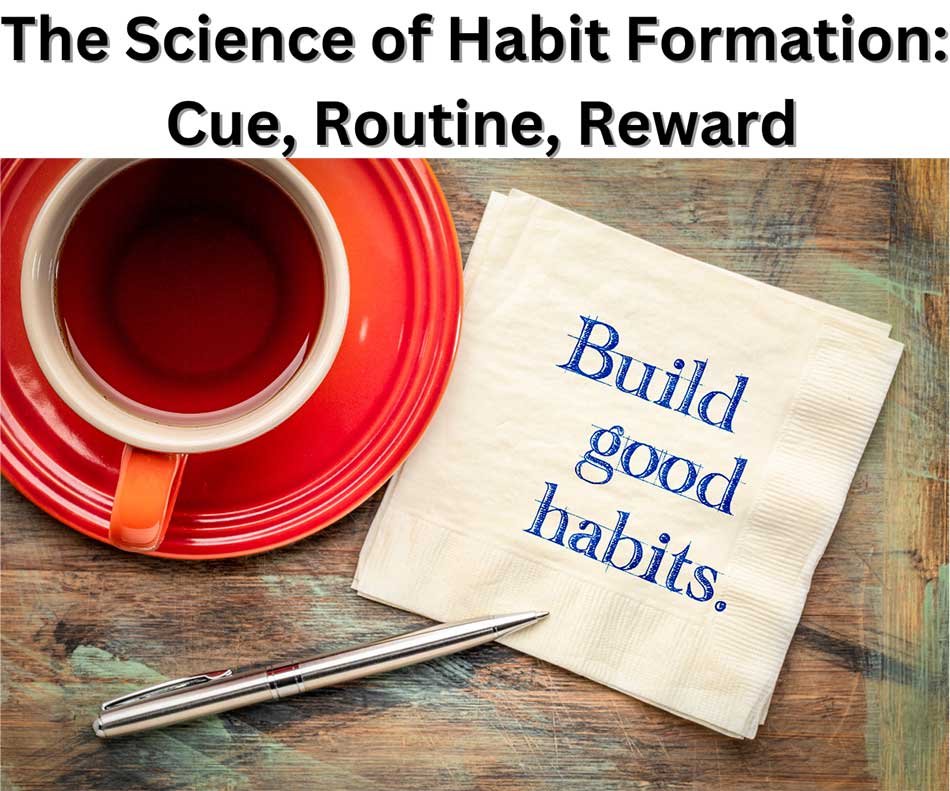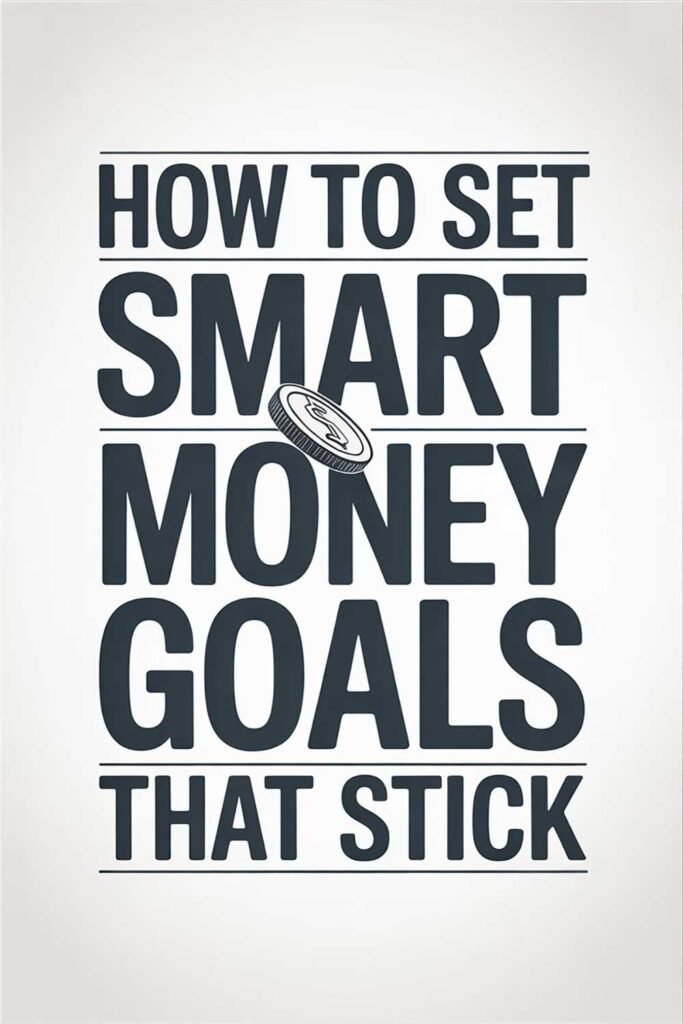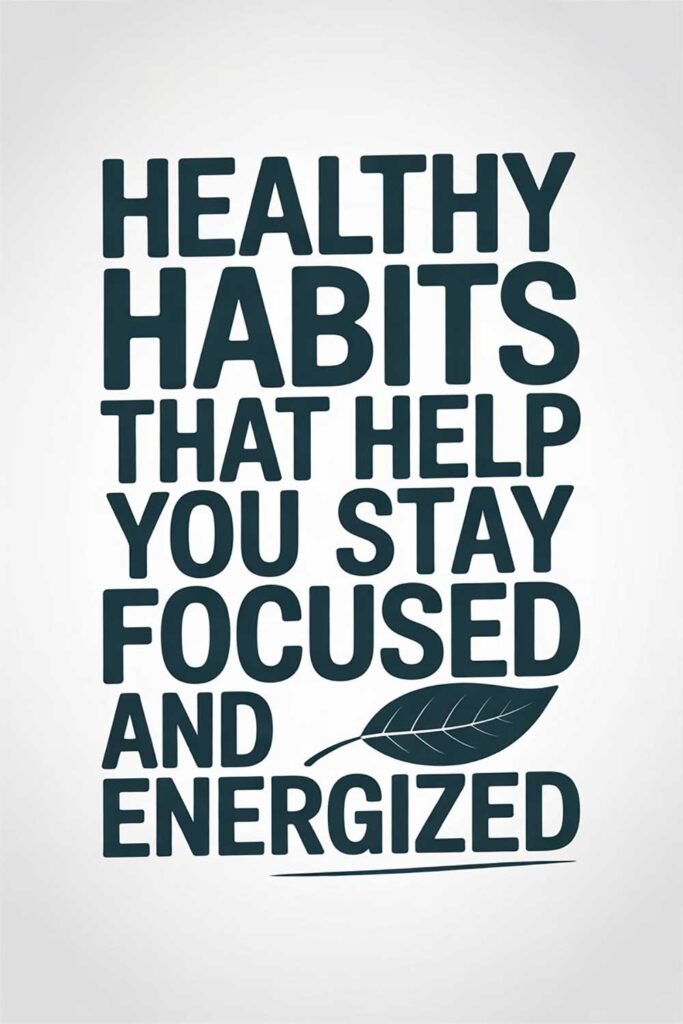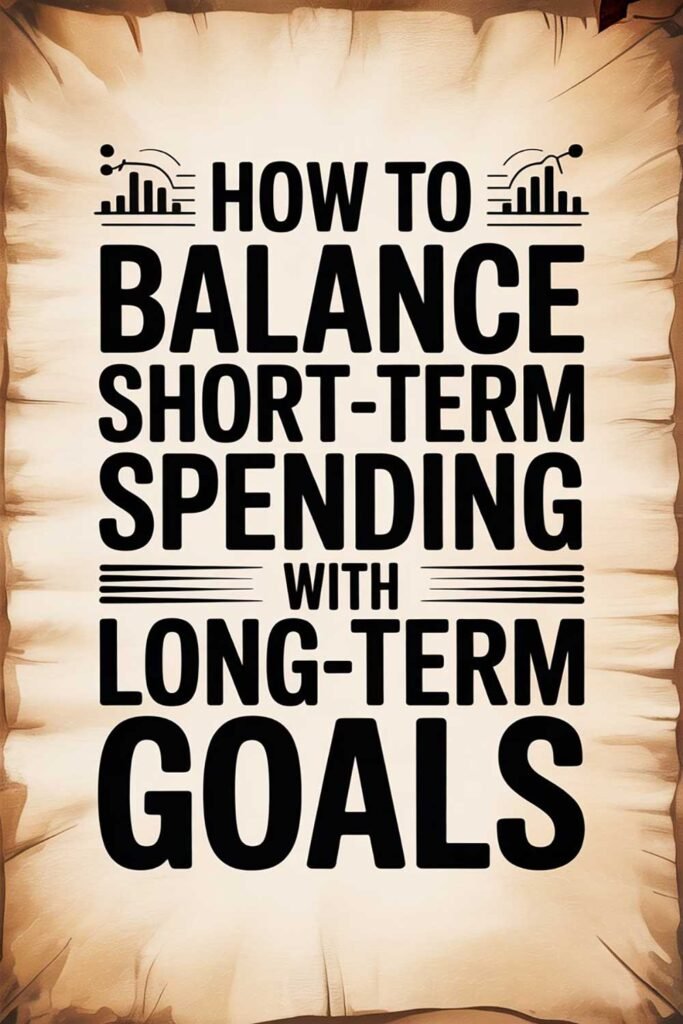
If you know someone who could benefit from this article, please share it with them. Understanding the science of habit formation can help them build positive habits and achieve lasting change.
The Science of Habit Formation: Cue, Routine, Reward
Why Understanding Habits Matters
Habits shape a significant portion of our daily lives. Whether it’s brushing your teeth, exercising, or procrastinating, habits govern many of your actions—often without conscious thought. Understanding the science of habit formation helps you intentionally build positive habits and replace negative ones, leading to improved productivity, health, and overall well-being.
The Habit Loop
The foundation of habit formation lies in the habit loop, a three-step neurological process discovered by researchers studying human behavior:
- Cue: A trigger that initiates the habit.
- Routine: The behavior or action itself.
- Reward: The positive outcome that reinforces the habit.
Breaking Down the Habit Loop
1. Cue: The Trigger
The cue is the starting point of a habit. It’s a signal that tells your brain to begin a specific behavior. Cues can be external or internal:
- External Cues: Environmental triggers like time of day, location, or the presence of an object (e.g., seeing running shoes).
- Internal Cues: Emotional or physical states like stress, boredom, or hunger.
2. Routine: The Behavior
The routine is the action you take in response to the cue. It’s the actual habit being performed, such as going for a run, checking your phone, or eating a snack.
- Key to Change: Modifying routines is the most effective way to build new habits or break old ones.
3. Reward: The Payoff
The reward is the benefit you gain from performing the habit. Rewards satisfy cravings, whether they’re physical (e.g., a sugar rush) or psychological (e.g., a sense of accomplishment).
- Reinforcement: Rewards make the habit more likely to be repeated in the future.
How to Build Positive Habits Using the Habit Loop
1. Identify the Cue
Find what triggers the behavior you want to develop or change. Understanding your cues helps you design habits that fit naturally into your life.
- Example: If your goal is to exercise, set a consistent cue like waking up or arriving home from work.
2. Design the Routine
Focus on creating a simple, repeatable action that aligns with your goal.
- Example: After your cue (waking up), perform your routine (5 minutes of stretching).
3. Choose a Reward
Pick a reward that reinforces the behavior and makes you look forward to the habit.
- Example: After exercising, reward yourself with a favorite smoothie or a few minutes of relaxation.
4. Make Adjustments Over Time
As the habit becomes ingrained, the reward can shift from something external to intrinsic satisfaction (e.g., feeling energized from exercise).
How to Break Negative Habits
1. Identify the Habit Loop
Analyze the cue, routine, and reward driving your current habit.
- Example:
- Cue: Feeling stressed.
- Routine: Eating junk food.
- Reward: Temporary comfort.
2. Replace the Routine
Swap the negative behavior for a healthier alternative that provides a similar reward.
- Example: Instead of eating junk food, go for a brisk walk to relieve stress and gain a sense of calm.
3. Disrupt the Cue
Make it harder for the habit loop to activate by altering the trigger.
- Example: Remove junk food from your home to reduce the temptation.
4. Reinforce Positive Rewards
Find rewards that genuinely satisfy the craving behind the negative habit.
- Example: Replace comfort food with a hobby you enjoy, like drawing or listening to music.
Practical Exercises to Master the Habit Loop
- Habit Journal: Track cues, routines, and rewards for a week to identify patterns.
- Implementation Intention: Write a plan like, “When [cue] happens, I will [routine] to achieve [reward].”
- Reward Visualization: Imagine the benefits of completing your habit to stay motivated.
- Accountability Partner: Share your habit goals with someone who can encourage you to stay on track.
Common Pitfalls and How to Avoid Them
1. Ambiguous Goals
- Solution: Make your habit specific and actionable (e.g., “Read 10 pages” instead of “Read more”).
2. Inconsistent Cues
- Solution: Use the same trigger every time to strengthen the association.
3. Unrealistic Expectations
- Solution: Start small and focus on gradual improvement.
4. Skipping Rewards
- Solution: Ensure every habit completion is followed by a satisfying reward.
Picture This
Imagine effortlessly starting your day with habits that align with your goals. A simple cue triggers a positive routine, and the reward keeps you motivated. Over time, these habits become second nature, transforming your productivity, health, and happiness. What habit loop will you create today?






